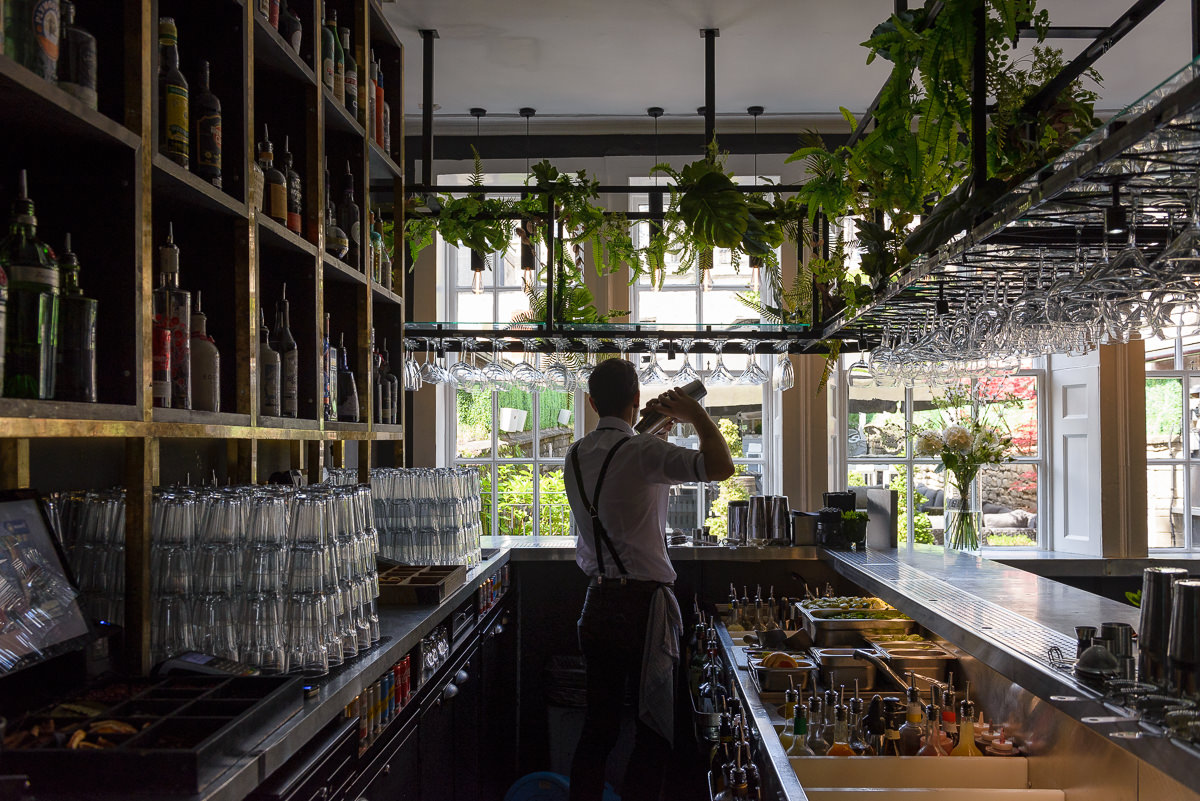Making flavoured spirits is very easy, you just need a decent bottle of gin or vodka and something to put in it! And with autumn now upon us, it is the perfect time to start thinking about turning some of the wonderful fruits in our gardens and even out and about into even more delicious booze!
The Base

It is always best to use a neutral spirit like gin or vodka, this is because it is easier to combine your ingredients with the relatively light flavours in the base spirit. You can also use a white rum for a richer result, or even a youngish brandy. Whilst it is possible to use dark spirits like whisky or aged rum, you will need to think carefully about the flavours in the spirit and choose ingredients that will compliment these.
You should also only use a quality product, there is no point choosing something you wouldn’t drink normally! We also recommend you use a spirit that is at least 40% abv. This is because the extraction of flavour depends upon the alcohol, and the more there is the more taste you will get. It will also preserve the flavour for longer too.
What to use for your flavoured spirits

The world is your oyster here, but at this time of year we are surrounded by wonderful berries and other fruits, and just around the corner we have apples and pears to look forward to as well. You can harvest fruit and herbs from your garden or berries from hedgerows. Spices work well for flavoured spirits at any time, and don’t be afraid to experiment with vegetables too. Check out this web site for some excellent suggestions on what to infuse with gin. Here are some of our top tips:
Fruit – berries (blackberry, raspberry, blackcurrant, strawberry, sloe), citrus (lemon, lime, orange and grapefruit, which is amazing), stone fruit (plum, greengage, damson) or even exotic fruit like pomegranate and coconut.
Herbs – rosemary and thyme work really well with vodka and gin. Dill and basil are great with vodka, mint and elderflower are really good with rum, gin or vodka.
Vegetables – try garlic if you’re brave. Chilli is good with vodka and also tequila, but be careful to de-seed unless you want to blow your head off!
Spices – vanilla is great in rum or vodka, cardamom, cloves, nutmeg and ginger are all good in any white spirit, whilst lemongrass is great with gin or vodka.
What you will need
Apart from your ingredient and your spirit base, you will also need a large kilner jar or other resealable vessel. This should be slightly larger than the total volume you are infusing. We recommend a maximum of 1 litre of spirit per infusion. You will also need a funnel, a sieve, some very fine muslin and a clean bottle, kilner jar or the original (cleaned and de-labelled) spirit bottle.
Whatever you choose to infuse, you will need about 300-400g of it per litre, or 200g-300g per 70cl bottle.
A note on flavour matching
By all means combine ingredients together, but make sure they work in combination. You also need to think about the flavours of the spirt base too, especially if you use gin, which will tend to have a predominant juniper flavour, that gives gin its characteristic piney, resinous flavour. You will need to make sure your infusion compliments these. With vodka you do not need to worry so much as it is largely neutral in terms of flavour.
When thinking of combinations it is worth looking at this site for some great flavour matches and go from there!
Don’t forget that when you are making flavoured spirits to drink on their own, like sloe gin, you may need to add sugar to create a liqueur style drink. In this case you are looking at about 200g of caster sugar per litre.
How to do it

Make sure your vessel is scrupulously clean, ideally sterilise it first. Put your chosen spirit and the ingredient in and seal the vessel. Then leave to steep for anything from a few hours to a few weeks. As a rule of thumb:
Strong flavours (chilli, cardamom, citrus) up to 24 hoursSpices, strong flavoured vegetables up to a weekBerries and stone fruit will need about 3 to 4 weeksApples, lemongrass and floral ingredients up to a month.
You should keep testing though and stop the infusion when you are happy with the flavour. When you are ready, strain the infusion through the sieve and then again through the sieve and muslin. You may need to repeat the last step to ensure there is no sediment left. Then decant into the clean (ideally sterilised) storage vessel. It should then keep for a year, depending on your self-control that is!
Happy infusing! Feel free to share any of your own recipes for flavoured spirits in the comments or let us know on Twitter and Facebook.

.svg)







